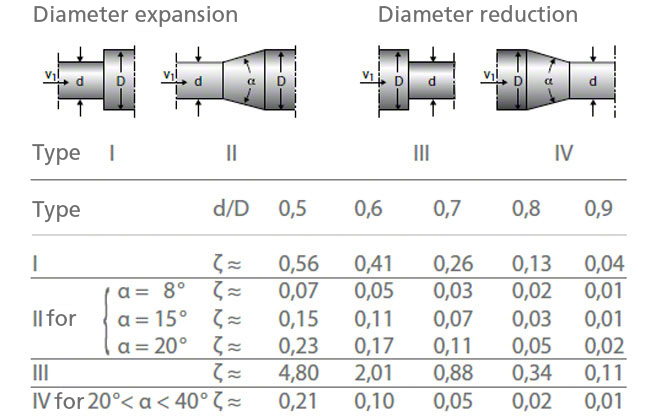withak36301
Mechanical
Am presently trying to set up a model in EPANET for a water supply system to some cyclone cleaner banks. Dilution water is pumped from a tank to several cyclone cleaner systems. I have two questions:
1) How do I determine a minor loss coefficient for a reducer (or expansion) in a pipe? The User manual does not provide any formulas for these....
2) How best to model the cleaner inlets, which have a pressure requirement? Right now, I have them modeled as reservoirs, which have a head. Is this the best way?
Please advise.
1) How do I determine a minor loss coefficient for a reducer (or expansion) in a pipe? The User manual does not provide any formulas for these....
2) How best to model the cleaner inlets, which have a pressure requirement? Right now, I have them modeled as reservoirs, which have a head. Is this the best way?
Please advise.


